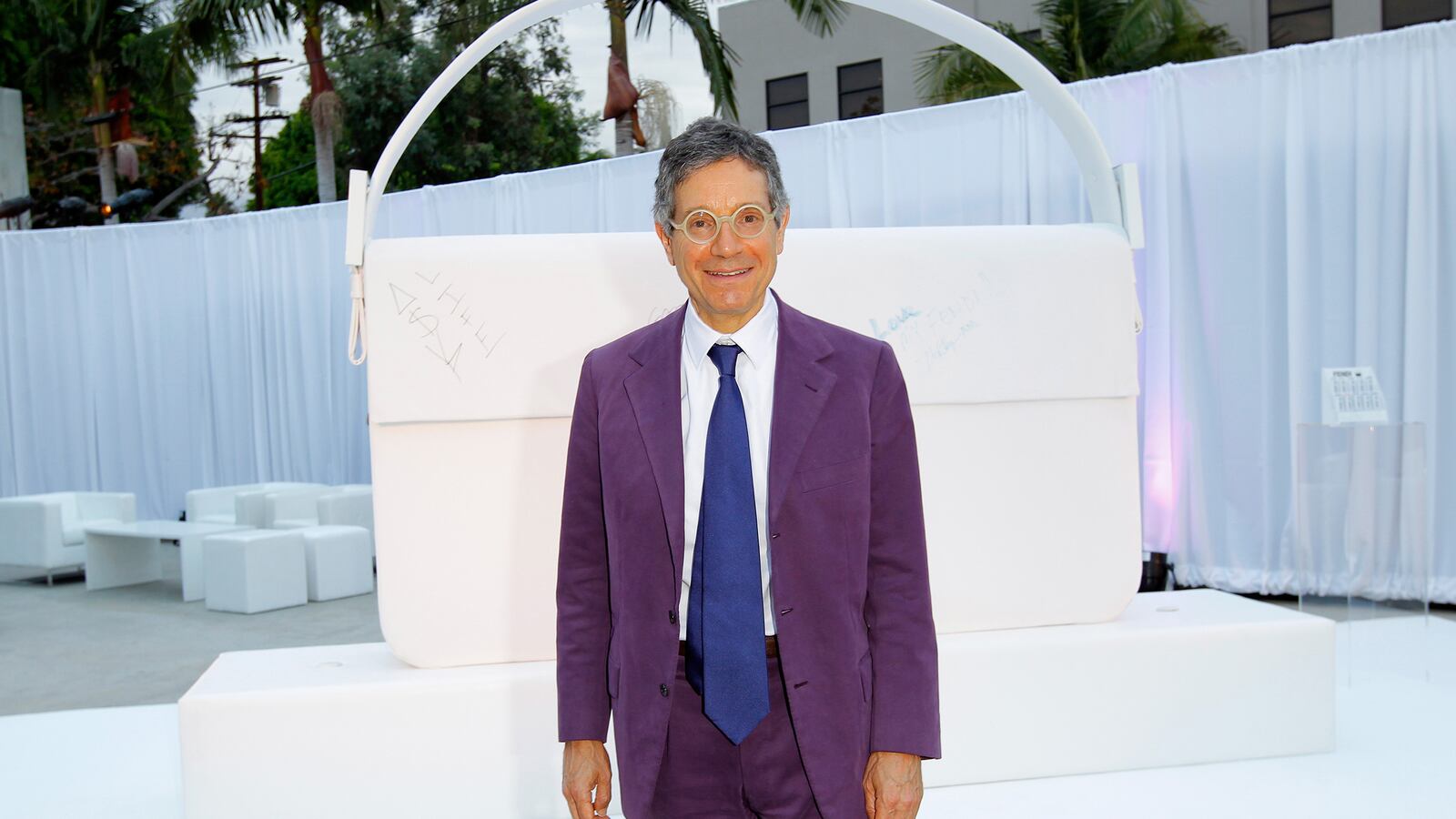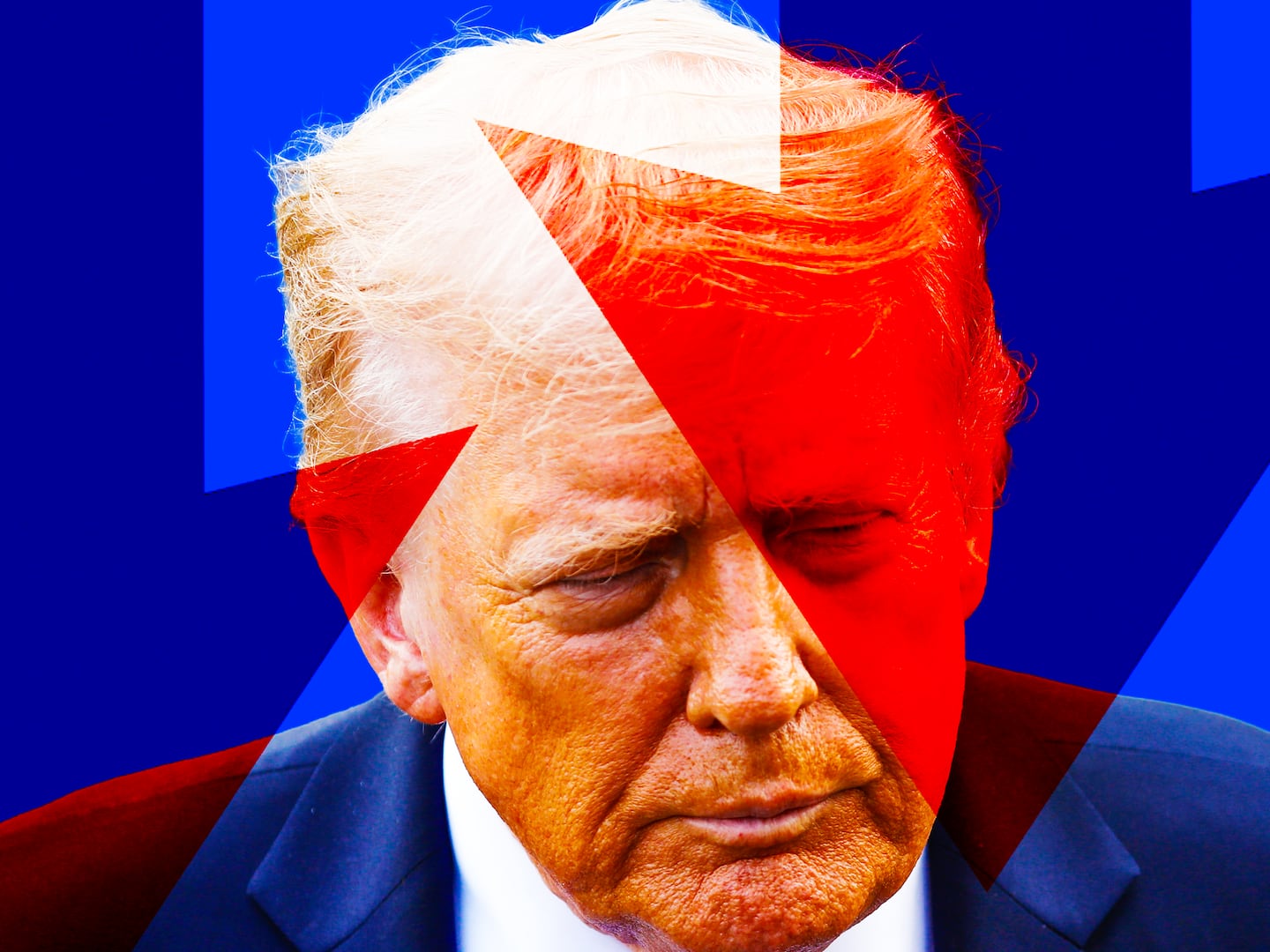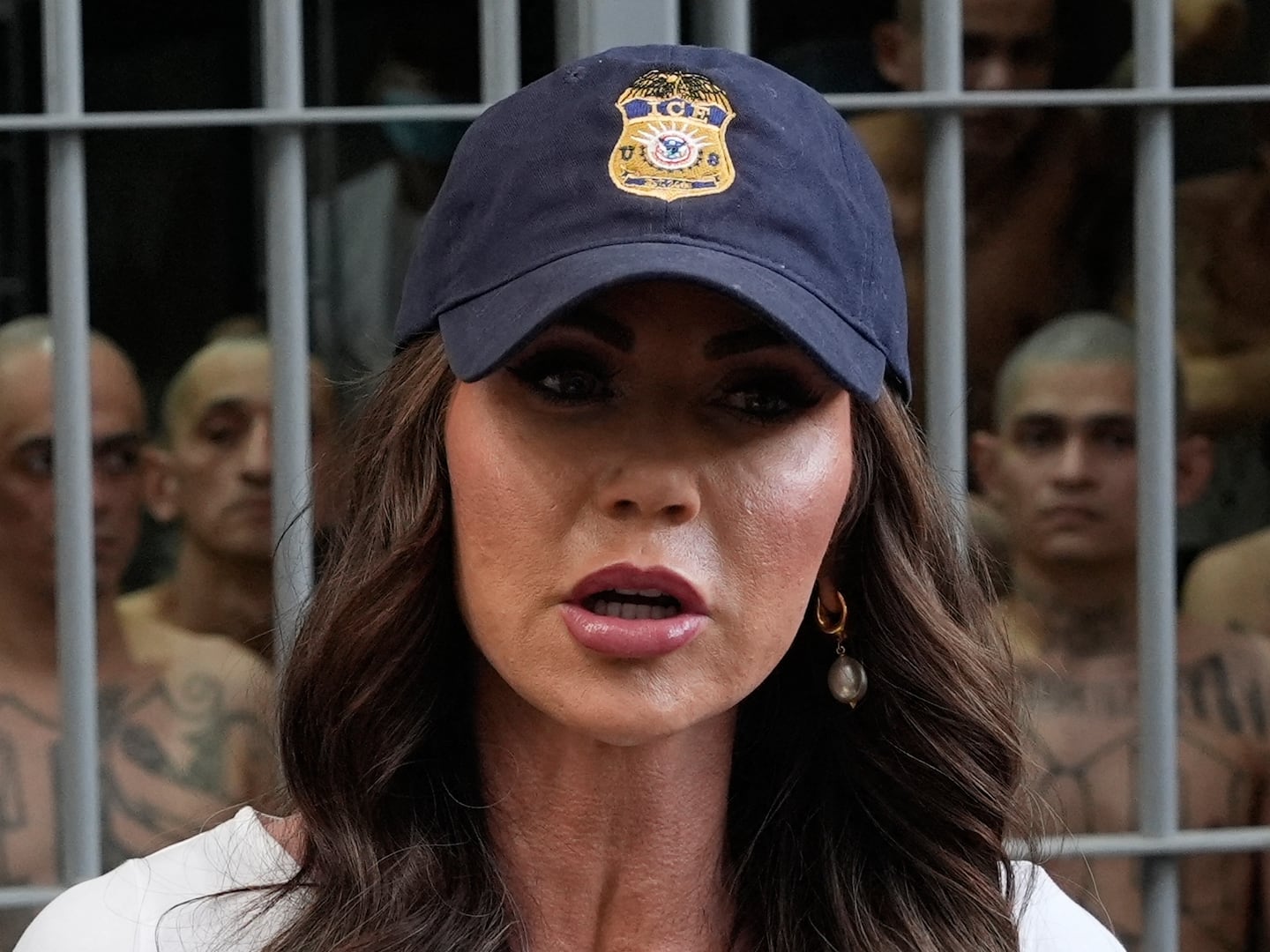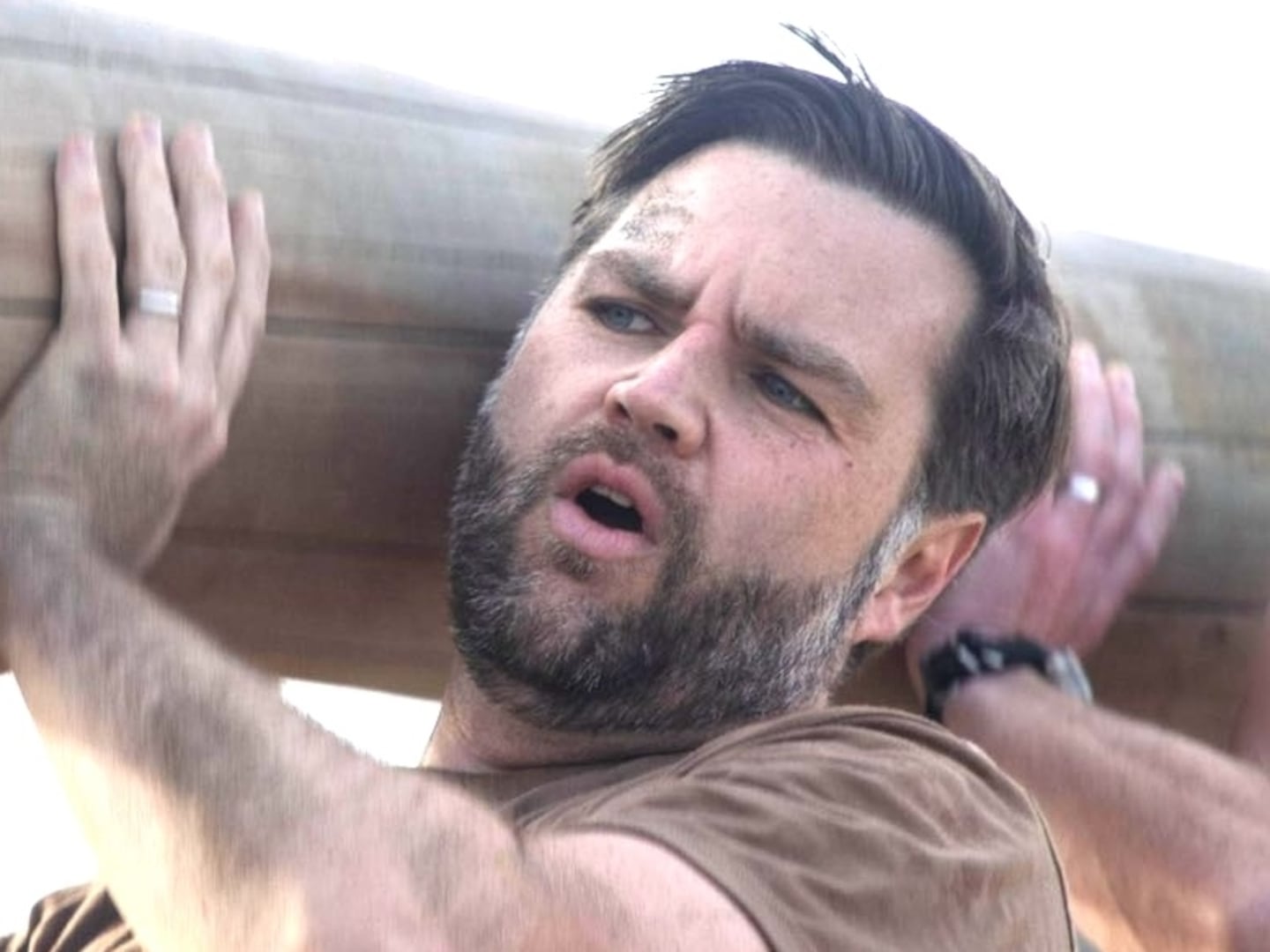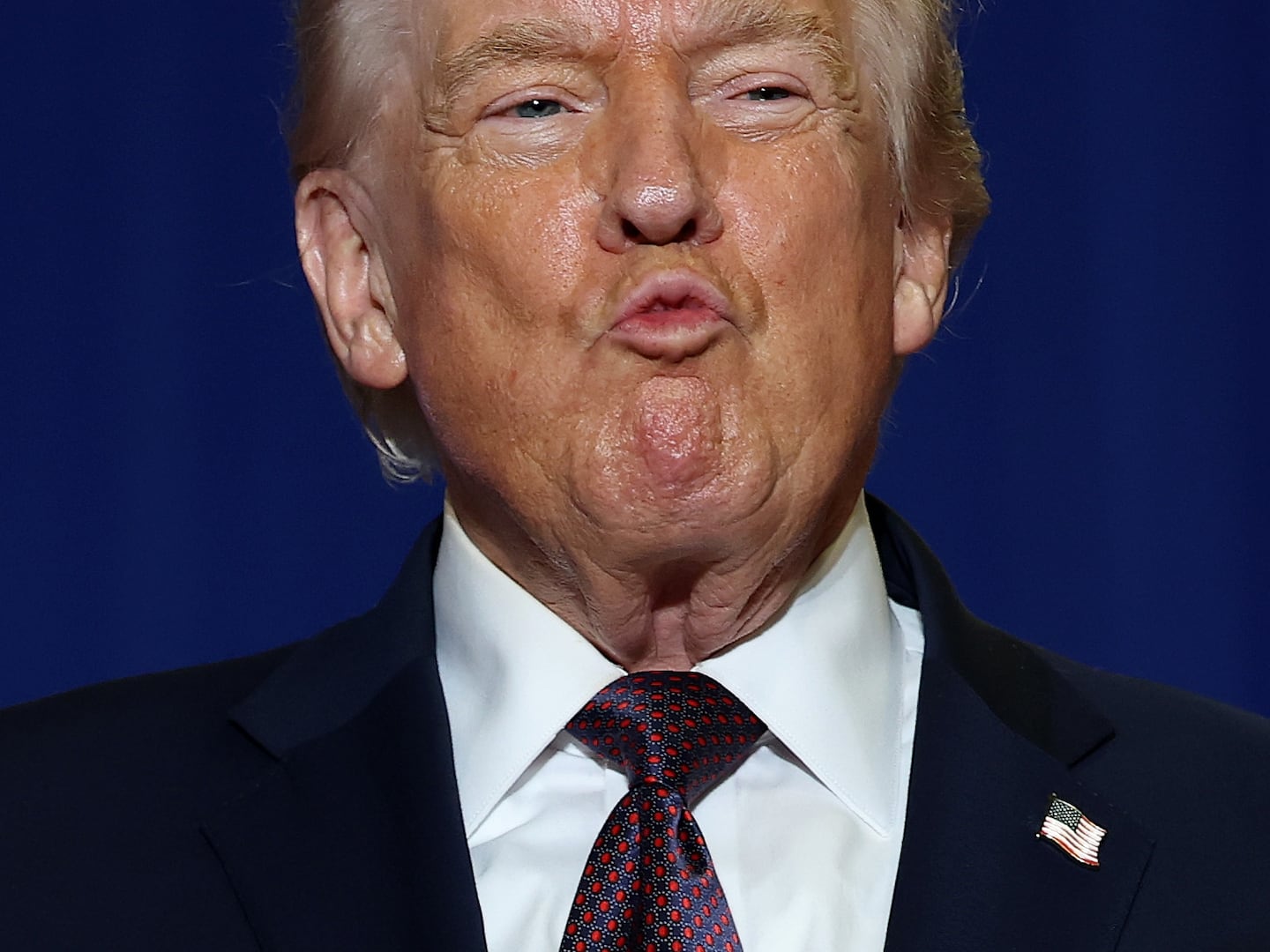The controversial director of the Los Angeles Museum of Contemporary Art (MOCA) is stepping down after three tumultuous years. Jeffrey Deitch’s departure was announced Wednesday night, heralding the end of a roller-coaster tenure that brought internal disagreements and huge new crowds.
Deitch, who had two years left on his five-year contract, informed the board of his decision Wednesday, saying that he expects to stay on through the fall to oversee the museum's $100 million endowment campaign. MOCA has already formed a committee to search for his replacement.

David G. Johnson, co-chair of the museum's board, announced the departure. “As colleagues, friends and great admirers of Jeffrey’s talent, we respect his decision and thank him for his tremendous dedication to the museum and all those who value MOCA,” he said in a statement.
The move marks the end of a rocky tenure in which Deitch both led the museum into experimental new projects and spearheaded popular exhibitions—and simultaneously alienated some of its core supporters.
Word of Deitch's appointment in 2010 made big news in the art world. A suave New York art dealer who ran his own gallery, Deitch Projects, with a thick Rolodex and cool-kid cachet would become the first-ever gallerist to run a museum. By its very nature, the announcement made people nervous: here was someone with strong pull in the contemporary-art market crossing over the proverbial Great Wall to run an institution.
The first show he staged was a retrospective of the art of Dennis Hopper curated by Julian Schnabel, just two months after the actor's death. The show raised eyebrows in the art world because Hopper's reputation as a movie star preceded his as an artist. "Normally an exhibition like this takes a year or so to develop," Deitch told The Daily Beast at the time. "But I made the decision to speed it up so that Dennis would be involved in the organization of the show."
Deitch's attitude toward running a museum was grounded in accessibility; he believed that the art world was too insular and needed to be democratized. But the programming he put forth veered from the institution's academic roots and became squarely focused on celebrity and the intersection between art and pop culture.
He was the driving force behind the wildly successful show Art in the Streets in 2011, which became the most highly trafficked show in MOCA's history and brought several street artists such as Banksy and Os Gemeos into the museum to create large-scale installations. A show about abstraction after Warhol was well received, but Transmission LA: AV Club, a 17-day "festival" curated by the Beastie Boys’ Mike D, was, by the admission of the curator, a kind of “Six Flags for adults.” Deitch involved James Franco in an exhibition, Rebel, last spring; featured photographs by fashion designer Hedi Slimane; and showed Rodarte's Black Swan costumes at the Pacific Design Center in 2011.
For all of the fanfare that Deitch received when he came into the institution, he appeared to fall out of favor in L.A. just as quickly. By the end, he was having trouble raising even small sums of money. People weren't returning his phone calls. “I suppose it’s characteristic of the movie industry that people are in and out,” Deitch told The New York Times last year. “In New York I was always really appreciated for my contribution, but you would think that all I’ve done here is court Hollywood and do celebrity art.”
The biggest sign of turmoil came last June, with news that Paul Schimmel, MOCA's head curator, was resigning. He was a well-respected academic with a reputation for detail-orientated research who had reportedly clashed with Deitch and his desire for buzzy shows. As philanthropist Eli Broad, the museum’s founder and biggest donor, told the Los Angeles Times, the board “knew that Paul was from the old culture and was not getting along with the director."
But Schimmel's departure created a ripple effect within the institution, and soon all four artists on the board—Ed Ruscha, Catherine Opie, John Baldessari, and Barbara Kruger—jumped ship. As Ruscha, the final artist to resign, reportedly said in an email to Deitch obtained by the Los Angeles Times: "My defection may look obvious, but it will be all the better for the museum, which is on a course different than I imagined."
"I was started to feel uneasy more and more about the programming and the museum and the shows that were being done," John Baldessari tells The Daily Beast.
But the role of any museum director is to be fundraiser in chief, and it proved difficult at MOCA, especially as the faith of some crucial board appeared to be lagging. But Deitch inherited the museum as it was on the brink of collapse with an endowment of less than $10 million and, despite briefly exploring the possibility of a merger with Los Angeles County Museum of Art, appeared to get the museum more squarely on its feet. Now it has pledges of $75 million in donations, with the goal of reaching $100 million in the fall.
Baldessari says that he would consider returning to the board depending on who is named as Deitch's successor. "MOCA is very dear to me. I have been around since its inception, and I would like to be supportive," he said. "If I thought it was a person whose vision I could embrace, yes, of course I would try to help."
At this stage, Deitch's next step is still a mystery. He is rumored to be mulling a move to New York (and looking for an apartment and a gallery space on the Upper East Side), but where he'll land is anyone's guess.
As for the museum, Baldessari says he "would like it to resume its once stature ... It was a very important museum for contemporary art, and I would like to see it get back at least to that level and at least go beyond it. But It’s going to take a lot of rebuilding."
Editor's Note: This story was updated after publication with comments from John Baldessari.

